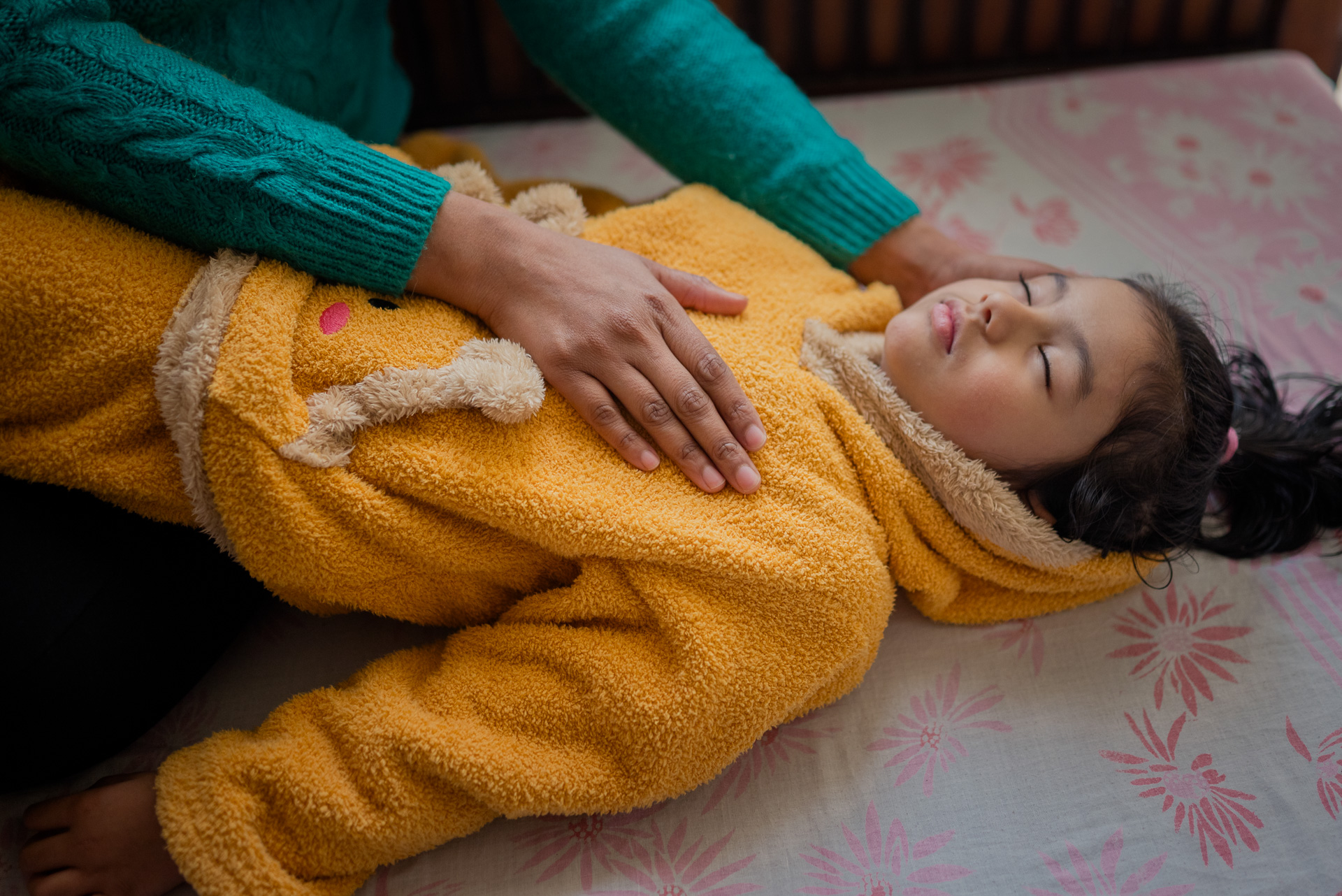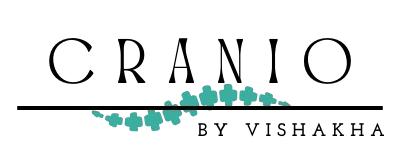Craniosacral Therapy vs. Physiotherapy: Which One Should You Choose for Chronic Pain?
If you’ve been living with chronic pain—whether it’s in your back, neck, jaw, or head, you’ve likely been told to try physiotherapy. While it’s a common recommendation, it’s not the only option.

There’s another, lesser-known healing approach that’s helping people experience deep relief, especially when traditional methods haven’t worked:
Craniosacral Therapy (CST).
Let’s explore the key differences between physiotherapy and CST, and why more people are turning to this gentle, nervous-system-based therapy for lasting pain relief.
💪 What Is Physiotherapy?
Physiotherapy is a movement-based therapy that focuses on treating injuries and improving physical strength, flexibility, and mobility. It often involves exercises, stretches, and manual adjustments to help with recovery from surgery, sports injuries, or muscular issues.
It’s ideal for:
- Muscle or joint injuries
- Post-surgery rehabilitation
- Improving movement and strength
While physiotherapy works directly with the muscles and joints, it may not always address underlying nervous system tension, especially if your pain is stress-related, chronic, or emotional in origin.
🌿 What Is Craniosacral Therapy (CST)?
Craniosacral Therapy is a gentle, hands-on approach that supports your body’s natural healing by working with the nervous system.
Using light touch, often no more than the weight of a coin, CST helps release tension stored deep in the body—especially around the brain, spinal cord, and connective tissues. This allows your body to shift from a state of “survival” (fight-or-flight) into one of true rest, repair, and healing.
CST is especially helpful for:
- Chronic pain (especially when the cause is unclear)
- Migraines, TMJ, and neck tension
- Stress, anxiety, and emotional overwhelm
- Insomnia and fatigue
- Trauma stored in the body
🤔 So Which One Should You Choose?
Both therapies have their place. But if you’ve tried physiotherapy and still experience pain—or if your body feels tense, stressed, or constantly tired—Craniosacral Therapy could be exactly what you need.
Here’s a quick comparison:
| Aspect | Physiotherapy | Craniosacral Therapy (CST) |
| Approach | Physical, exercise-based | Gentle, nervous-system-based |
| Touch | Active, structured movement | Light, calming touch |
| Focus Area | Muscles, joints, physical rehab | Nervous system, craniosacral system |
| Healing Style | Physical recovery | Whole-body release + emotional calm |
| Best For | Injuries, movement rehab | Chronic pain, trauma, anxiety, nervous tension |
✨ Why CST Might Be the Missing Piece in Your Healing
Sometimes, chronic pain isn’t just about “tight muscles” or “poor posture.” It’s about a nervous system stuck in stress mode and CST speaks directly to that part of you.
Many clients who try Craniosacral Therapy say things like:
“I didn’t realize how much tension I was holding.”
“I finally felt my body let go.”
“I’ve never experienced such deep relaxation before.”
The results are often subtle but powerful because CST works at the root of the issue, not just the symptoms.
💛 Still Not Sure? Listen to Your Body
If you feel like your body is always on edge…
If you’ve tried everything and still feel stuck in pain…
If you want something gentle, nurturing, and deeply restorative…
Then Craniosacral Therapy is worth exploring.
🌼 Book a Session in Gurugram
Vishakha is a certified Biodynamic Craniosacral Therapist based in Gurugram, helping clients release pain, tension, and trauma, gently and holistically.
Your body already knows how to heal. CST simply gives it the space to do so.
📍 Ready to experience it for yourself?
[Book your session with Vishakha today]
